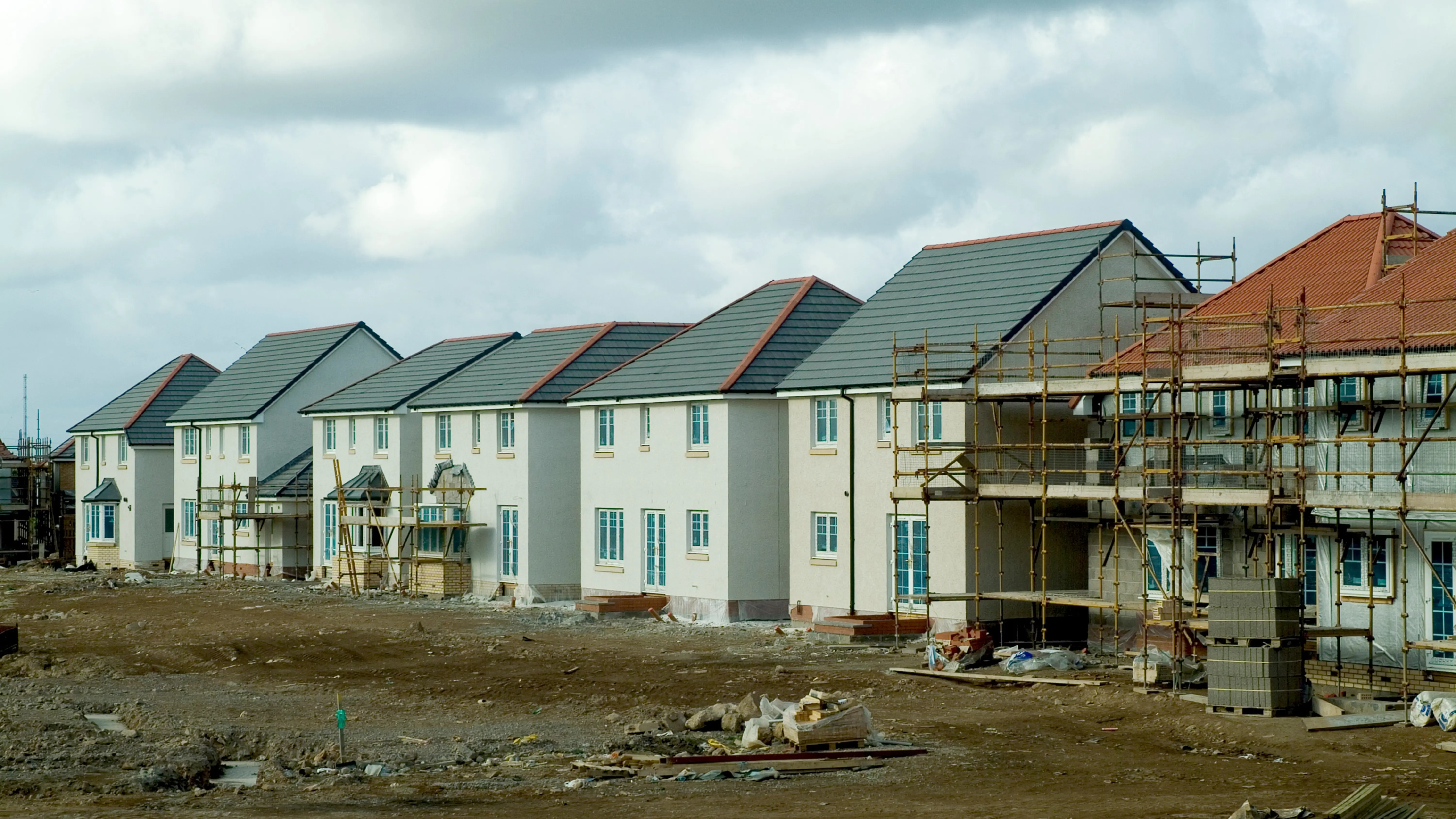The need for more certainty in planning decisions
An Inspector Calls: “There is no ‘one size fits all’ approach to judging sustainability, and it is wrong to judge a rural area by the same standards as an inner city.”

A recent appeal decision which allowed housing development on the Hertfordshire Green Belt highlights the need for greater flexibility on locational factors when considering proposals for new residential development in more rural areas.
Since the NPPF was first published in 2012, its overriding aim has been to secure sustainable new development which, as stated in its current iteration (2023) is made up of three interdependent objectives: being economic, social and environmental. Clearly these are broad objectives which involve a number of factors need to be considered. However often the accessibility and location of new development are taken into account by decision makers (be it planning officers, councillors or planning inspectors).
We saw this recently in respect of two linked proposals for which Boyer succeeded in gaining planning consent at appeal. Proposals across two sites for 92 new homes and a doctor’s surgery were refused by the Council due to Green Belt and associated landscape harm and their location in a less sustainable part of the District. The Inspector, in allowing the appeals, found that the considerable public benefits, especially the proposals’ ability to address an acute housing need locally, outweighed the identified harm.
In considering locational sustainability, the Inspector’s assessment provides a useful example of how policy should be applied.
The NPPF states that “Significant development should be focused on locations which are or can be made sustainable, through limiting the need to travel and offering a genuine choice of transport modes”. It continues by stating that “Opportunities to maximise sustainable transport solutions will vary between urban and rural areas, and this should be taken into account in both plan-making and decision-making”.
There is no definition of what constitutes ‘significant’ development. However the wording used would suggest a scale of development that could provide a range of services and facilities together with new transport options such as bus and cycle infrastructure (i.e. major urban extensions and new towns). If that’s right, then a great deal of new developments would fall below this threshold, and risk failing to meet the requirement, even though they might meet key test of providing opportunities to maximise sustainable transport solutions recognising that these will vary depending on location.
It is beyond doubt that the country is in the midst of a housing crisis. This is recognised by all the main political parties, with new housebuilding a key plank of all of the recently published manifestos. This is reflected in the ambitions of increasing housing supply, the level of which varies by political party, but all manifestos pledge a step change in delivery compared to existing levels of supply.
Whilst the planning system is underpinned by the principle of up-to-date Development Plans which guide the location of new development, it is estimated that by the end of 2025 78% of English councils will have an out-of-date Local Plan. Therefore the recognition that other sources of supply such as new towns and large urban extensions, have a long gestation period, means that alternative sources will need to pick up the slack if the manifesto pledges are to be met. Whilst they may not be the first port of call in terms of sustainability from a locational perspective, sites in and around smaller settlements can be considered acceptable given the guidance of the NPPF and acute need for new homes (assuming that individual proposals can demonstrate that opportunities have been taken to maximise sustainable travel).
Clearly much will rest on the circumstances of individual proposals and the position of the local planning authority in respect of its Local Plan. However, developments at smaller settlements have the ability to deliver a number of benefits in their own right (e.g. meeting the housing needs of that particular settlement, helping to address deficiencies in existing services provided at that settlement) which will meet with the three interdependent objectives of the NPPF.
This general approach has been accepted at appeal. In the appeal decision for the new development on the edge of a village, the Inspector commented “I fully endorse that there is no ‘one size fits all’ approach to judging sustainability, and it is wrong to judge a rural area by the same standards as an inner city…… In addition, it seems to me that, given the scale of the need for new housing in the District, some development may need to take place in areas less accessible by public transport”. This supported his view that whilst there was some degree of harm due to the location of development, the substantial benefits associated with this particular scheme outweighed this (and other identified harm) with planning permission subsequently granted.
In summary, in light of NPPF guidance, the national importance in delivering new housing and the position many authorities find themselves in in respect to their Local Plan means that there will need to be a step change in new housing from a variety of sources. This means the case for proportionate growth of smaller settlements has never been stronger and that alongside a package of scheme benefits, such developments should and are being seen as part of the remedy to addressing the housing crisis the country finds itself in.
